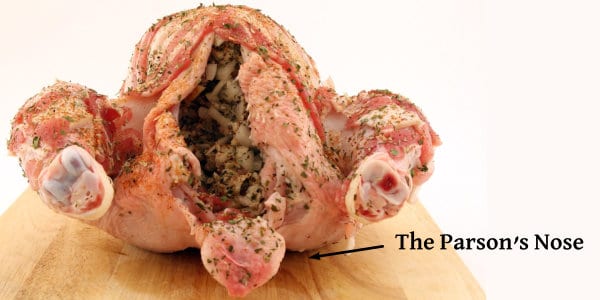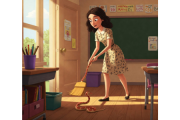Prologue to “Stories From My Prairie Childhood” – Why I’m Here
From retirement on I began to receive and amass a considerable amount of family memorabilia. In 2017 I had become totally overwhelmed by the mountain of disorganized information and didn’t know where to begin. Then I discovered Learning in Retirement at Carlton University. Courses on writing memoirs were available and I jumped at the chance that I might be able to climb that mountain. I’ve been scaling it ever since, at times still overwhelmed, but determined to at least reach the age of 20 on this wondrous and revealing trip into the past. I am assisted by what I learned on the courses and by the informal group that has persisted since my first class.
The series “Stories From My Prairie Childhood” focuses on a period that span years of depression and WW ll from the perspective of a pre-teen with two exceptions – “Tough Love” (still to be published) and “Rubella or Rubeola?” (where I was at the ages of 13 and 14). The stories are relatively ordered but may dissolve into disorder from time to time. Memories are like that.
The first story in this series is 1. The Pasture.
9. The Parson’s Nose
The Latin name for Parson’s Nose is uropygium.
Our family enjoyed Sunday chicken dinners. The birds were stuffed, roasted and accompanied by mounds of mashed potatoes. Rich gravy was available for aromatic drizzling over the potatoes or anything else that was on our plates. Some of these other things could be creamed peas, mashed and sugar sweetened turnip, buttered carrots or creamed onions. Usually these dinners were staged for relatives and friends but sometimes they were just for us.
Mother always claimed the Parson’s nose. It had become a tradition- a jolly little joke, or so we thought at the time. We were quite happy to let Mom deal with this particular tidbit.
Belatedly, I’ve done a bit of research to find out how the other end of a chicken had acquired this name. The first thing I discovered was that The Parson’s Nose is not the only name for this dubiously delectable edible. It is also known as the Pope’s or the Sultan’s Nose, and its Greek origin stems from the word “pygstyle” which means “rump pillar”. Indeed!
I wonder now if mother had been making a subtle statement in the ongoing discussions my parents had with regard to property and budget management. They certainly had a lot of these “discussions”. They had married in the time of the Great Depression when “nothing was ever to be wasted “ including the Parson’s Nose.
It was unlikely that she could have known about the supposed origin of the term. More Googling indicated that it may come from 1400’s lore. Evidence to support the story still exists in the form of a carving on the back of a pew in St. Mary’s Church, Nantwich, Cheshire in Northwest England. It is alleged that a local carpenter who had done considerable work for the vicar felt that he had not been adequately paid. Part of his contract had been to place a carving of the church seal on the back of each pew. When all was said and done it was discovered that one of the birds now displayed the profile of the vicar where its tail should have been. The derriere of that bird can still to be seen in present day St. Mary’s Church – should you ever want to verify this story.
An indelicate revenge, and a fine bit of lore for an amateur writer of memoirs. Was Mother enjoying this bit because she really liked it, or was she cheerfully chewing on it to tease us? We thought it was gross! Or was she making a statement about our meagre means during the depression? Perhaps all of the above.
Mom also liked the chicken’s neck. But so do I. It is especially tasty. Alas, I have no story to go with necks.





